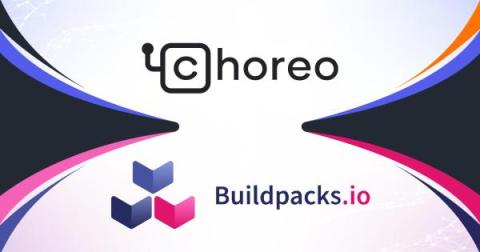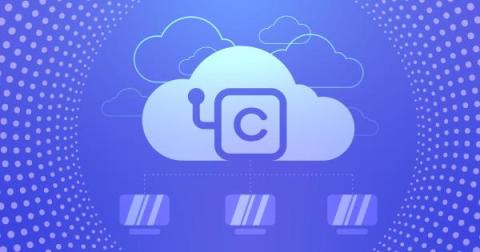Implementing GraphQL Subgraphs with Ballerina Swan Lake for Federated APIs
This article is based on Ballerina Swan Lake Update 7.2. Today, I want to share insights into implementing GraphQL subgraphs in Ballerina. But before we dive into coding, let's take a moment to understand GraphQL federation and the problems it solves. Ballerina Swan Lake WSO2 is an open-source and cloud-native programming language optimized for integration GraphQL Federation is a way to build a unified GraphQL API by combining multiple GraphQL services.











